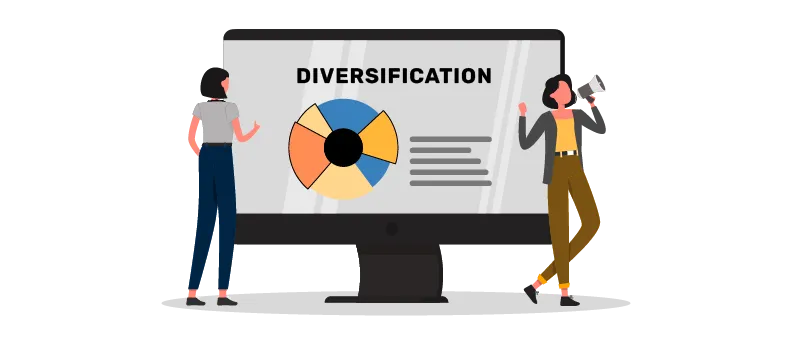| Name | Net Assets |
|---|
| HDFC Bank Limited | 4.34 |
| State Bank of India | 3.71 |
| Infosys Limited | 3.57 |
| Larsen & Toubro Limited | 3.32 |
| ICICI Bank Limited | 2.79 |
| Biocon Limited | 2.78 |
| Tata Consumer Products Limited | 2.68 |
| Reliance Industries Limited | 2.63 |
| Tata Steel Limited | 2.55 |
| Bharti Airtel Limited | 2.51 |
| Canara Bank | 2.48 |
| Divi's Laboratories Limited | 2.42 |
| Oberoi Realty Limited | 2.18 |
| The Federal Bank Limited | 2.15 |
| Sun Pharmaceutical Industries Limited | 2.14 |
| Eternal Limited | 2.12 |
| Mahindra & Mahindra Limited | 2.07 |
| Jio Financial Services Limited | 1.99 |
| Adani Ports and Special Economic Zone Limited | 1.98 |
| UNO Minda Limited | 1.97 |
| Prestige Estates Projects Limited | 1.80 |
| Glenmark Pharmaceuticals Limited | 1.72 |
| Berger Paints (I) Limited | 1.70 |
| Dalmia Bharat Limited | 1.68 |
| Aditya Birla Capital Limited | 1.65 |
| Yes Bank Limited | 1.60 |
| Vedanta Limited | 1.54 |
| Aditya Birla Real Estate Limited | 1.48 |
| Computer Age Management Services Limited | 1.47 |
| Devyani International Limited | 1.40 |
| Bajaj Finserv Limited | 1.34 |
| Schaeffler India Limited | 1.15 |
| Multi Commodity Exchange of India Limited | 1.13 |
| GlaxoSmithKline Pharmaceuticals Limited | 1.10 |
| Gabriel India Limited | 1.09 |
| 360 One WAM Limited | 1.08 |
| Cummins India Limited | 1.05 |
| Hitachi Energy India Limited | 1.03 |
| National Aluminium Company Limited | 1.01 |
| Jindal Stainless Limited | 1.00 |
| ZF Commercial Vehicle Control Systems India Limited | 1.00 |
| City Union Bank Limited | 0.99 |
| Siemens Energy India Limited | 0.97 |
| Apollo Hospitals Enterprise Limited | 0.96 |
| BSE Limited | 0.89 |
| Coforge Limited | 0.89 |
| Suzlon Energy Limited | 0.85 |
| Shriram Finance Limited | 0.83 |
| Schneider Electric Infrastructure Limited | 0.78 |
| Bosch Limited | 0.75 |
| Eicher Motors Limited | 0.70 |
| United Spirits Limited | 0.69 |
| Fortis Healthcare Limited | 0.69 |
| Timken India Limited | 0.65 |
| Neuland Laboratories Limited | 0.60 |
| Aptus Value Housing Finance India Limited | 0.60 |
| Whirlpool of India Limited | 0.58 |
| Emami Limited | 0.55 |
| Navin Fluorine International Limited | 0.52 |
| Aurobindo Pharma Limited | 0.51 |
| Indus Towers Limited | 0.50 |
| CRISIL Limited | 0.49 |
| Jubilant Foodworks Limited | 0.44 |
| Sanofi Consumer Healthcare India Limited | 0.38 |
| LTIMindtree Limited | 0.28 |
| PB Fintech Limited | 0.21 |
| Kansai Nerolac Paints Limited | 0.08 |
| NIFTY | 0.06 |
| Fedbank Financial Services Limited | 0.01 |


